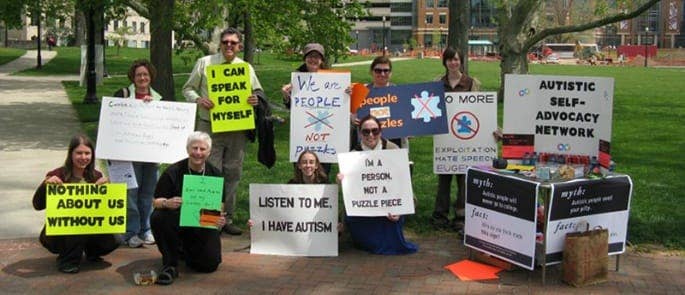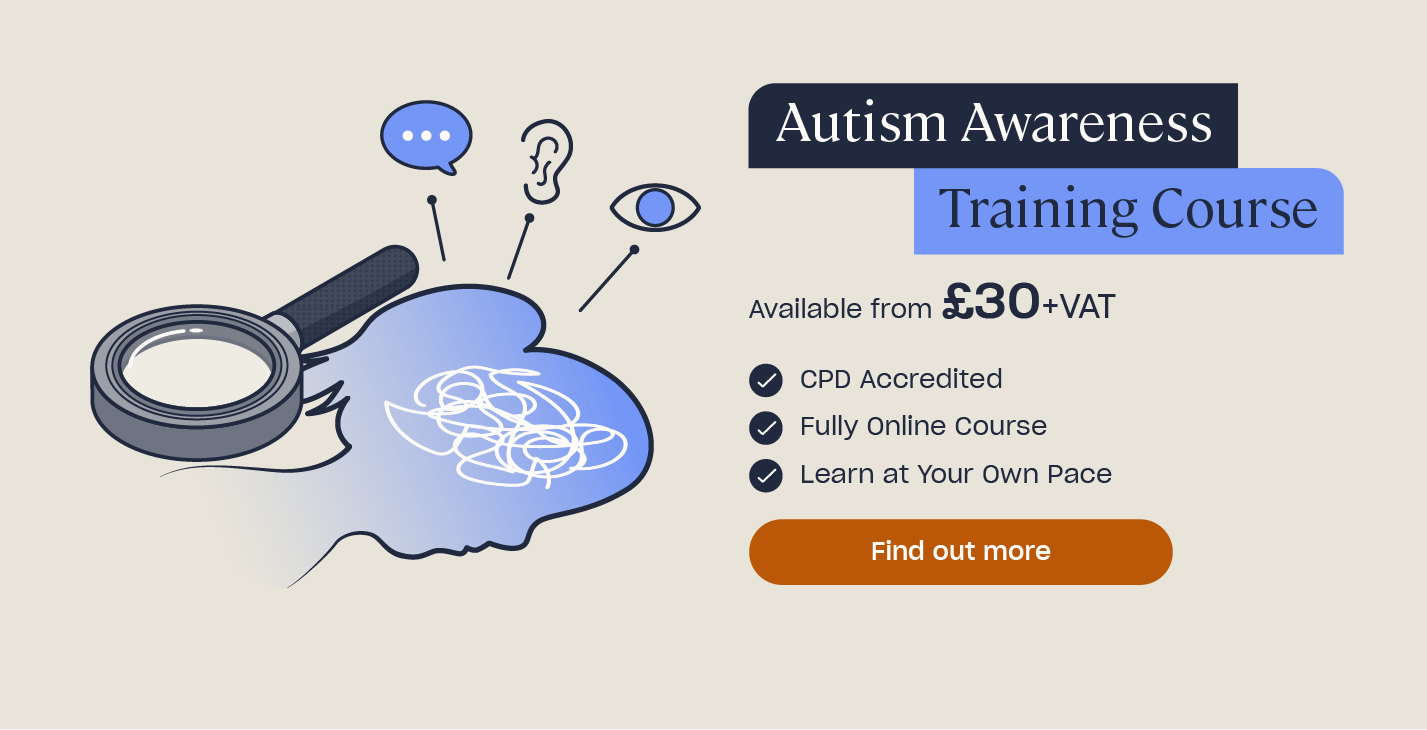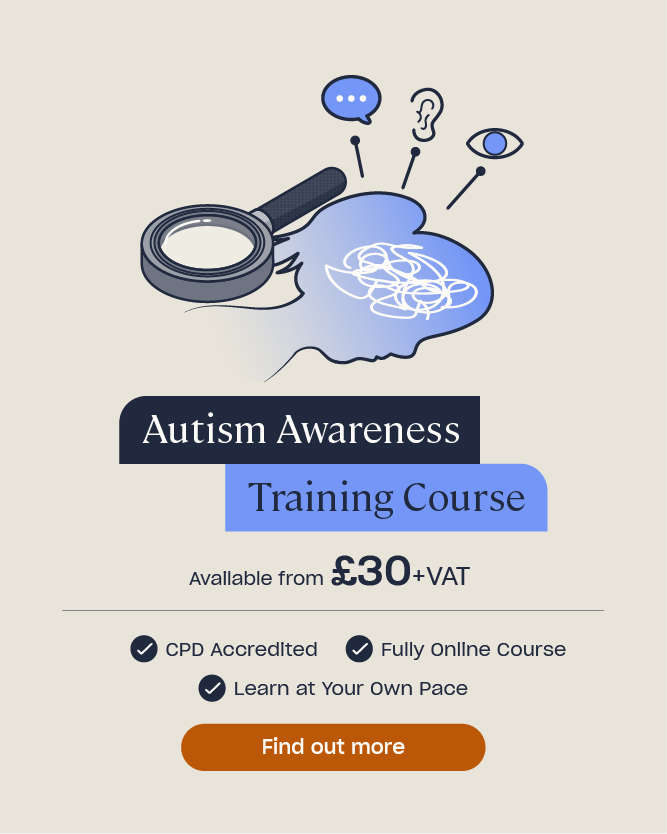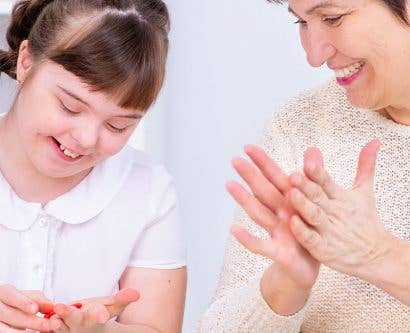What is Neurodiversity & How Does it Relate to Autism?
Neurodiversity addresses the concept that humans are not neurologically ‘one size fits all’. This means that it recognises everyone’s unique abilities and considers neurological differences, like autism and ADHD, to be the result of variations in the human genome.
The neurodiversity movement is generally positive and inclusive. However, there are some instances where the movement causes issues and can actually put pressure on certain people.
Whilst the movement applies to a range of neurodiverse people, this article will focus specifically on its application to autism. We’ll explain the movement, how it relates to autism, and any controversy behind it.
What is Neurodiversity?
Neurodiversity is a movement that wants to change the way we think about autism. It rejects the idea that autism is a disorder and sees it instead as a neurological difference: one with a unique way of thinking and experiencing the world.
The movement focuses on celebrating neurological diversity and championing the different world-views and skills that autistic, dyslexic, bipolar, and other neurodiverse people have.
Embracing diversity is important. Neurodiversity is mostly positive as it represents a movement towards more equal treatment and acceptance for those on the autistic spectrum. If people are encouraged to see autism as a variation of the human experience, then:
- Autistic people should receive more equal treatment.
- People should have a greater understanding that those with autism may have different needs and ways of coping.
- Society should allow for autistic differences and create more equal opportunities.
- Society shouldn’t try to make autistic people ‘fit’ into society, but have society accommodate for them.

A protest against Autism Speaks, an advocacy organisation that’s often criticised by the neurodiversity movement.
Where Did the Neurodiversity Movement Begin?
Disabilities activist Judy Singer coined the term neurodiversity in her 1998 honours thesis. She argued that autism and other neurological conditions are a normal variation in the human genome.
Singer wanted a term that echoed “positive terms like biodiversity and cultural diversity” to call “attention to the fact that many atypical forms of brain wiring also convey unusual skills and aptitudes.”
She argued that autistic differences are authentic forms of human identity and not things to endure or cure. Instead, she believed that these differences can be beneficial to the world, and should be treated as so.
The Autism Rights Movement
The Autism Rights Movement is a social movement within the neurodiversity movement and disability rights movement. The movement encourages autistic people, their caregivers, and society as a whole, to adopt a position of neurodiversity. This means that they should consider autism as a variation in human functioning, rather than a disorder that needs to be cured.
Both the Autism Rights Movement and neurodiversity advocates believe that autism is genetic and we should accept it as an expression of the human genome. This differs from two other distinct views:
- The mainstream perspective – the perspective that autism is caused by a genetic defect and should be cured by targeting the autism gene(s).
- The fringe theory – the theory that autism is caused by environmental factors like vaccines and pollution and should be cured through addressing these factors.
The Autism Rights Movement also believe that the idea of ‘curing’ autism is offensive – it’s not a disorder and autistic genes are not a thing we should work to eliminate.

Why is Neurodiversity in Autism So Important?
Neurodiversity presents many benefits for autistic people. It not only encourages greater equality, but it discourages seeing autistic people as ‘different’ to everybody else.
In fact, embracing neurodiversity is positive in everyday life:
- It celebrates people for who they are and doesn’t make them feel disadvantaged.
- It moves away from the ‘suffering’ approach that’s sadly associated with people with disabilities. Instead, it embraces their differences and encourages them to live life to the full.
- Businesses will begin to encourage applications from people who may not have applied before, in turn closing the disability employment gap.
- It can help to create workplaces that are more equal and representative. In doing so, it increases awareness of the condition in both workplace as well as public environments.
- It promotes a more equal way of thinking about people with autism.
- It makes people more aware of the language they use surrounding autism.
The language we use is especially important.
The terminology that we use to discuss autism is integral to the neurodiversity and autism rights movements. This is because how we speak about it is strongly tied to how we think about it.
Being autistic, according to Jim Sinclair, is ‘a way of being’ that isn’t separable from the person. He says, “autism goes deeper than language and culture; autistic people are “foreigners” in any society.” Autism “colours every experience, every sensation, perception, thought, emotion, and encounter, every aspect of existence” for autistic people.
He asserts that autistic people are not ‘people with autism.’ They are just people. You cannot separate the autism, in the same way that you wouldn’t say ‘people with blackness’. Sinclair states that we only choose to separate the characteristic from the person when we see the characteristic as negative.
Therefore, once we stop seeing autism as a negative characteristic, the language we use to discuss it will change.
Need a Course?
Our Autism Awareness Training Course is suitable for anyone whose job role requires them to work with autistic children, whether it’s on a full-time, part-time or voluntary basis. It will help you understand more about Autism Spectrum Disorders (ASDs) and how these affect the children that you work with.
The Controversy Behind the Neurodiversity Movement
Despite its benefits, the neurodiversity movement does have a selection of weaknesses and issues it doesn’t address. It’s also been the focus of much debate and criticism in recent years.
Many people believe that, in the media, we only document people who are ‘autistic geniuses’. TV programmes with autistic characteristics, such as Sheldon in ‘The Big Bang Theory’, are all over screens. However, these representations still feed the idea of the ‘autistic genius’, allowing those who don’t meet this category to be unrepresented. This dismisses varied abilities whilst promoting only exceptional qualities.
Autism manifests itself differently in every person, so it’s essential that we consider and represent everyone. Furthermore, the autistic spectrum is so vast that one approach cannot account for everyone. Some autistic people may require a large amount of lifelong support, whereas others can live independently.
To really move forwards and promote equality for autistic people, we need to ask them and listen to their answers. Only then will progress happen.
What to Read Next:
- Autism in Females: Is it Different?
- Parenting Changes to Make for Teens with Autism
- Autism Awareness Quiz
- What is Autistic Masking?
- Autism Feelings Chart for Children
- How to Support Children with Pathological Demand Avoidance (PDA)
- How to Support a Child with Autism in the Classroom
- Sensory Overload in Children
- Autism Awareness Training Course











